
We arrived at Marina Hemingway after a smooth, 2 night passage from the islands on Cuba’s South West Coast.
We have been to Havana once before and for us it is all about ‘La Habana Vieja’: The Old Town.
Cuba itself is a unique country but there really is no place like old Havana…
There are many cities steeped in history, culture and swoon-worthy architecture. Some are poverty-ridden metropolises with no running water, crumbling buildings, ancient fortifications and the whiff of decay…Some cities are dressed in colonial grandeur from a bygone era with buildings that tell stories of revolutions, riches and corruption. And some are imbued with the grime and human spirit of highly populated, inner city, residential ghettos. So many cities have that sensual, Latin character. And the vibe and attitude of the African-influenced Caribbean islands has been well documented. Many cities house fiercely independent, resilient and proud peoples. A great deal of cities have aspects of all of the above, but none have a melded cityscape quite like the town of old Havana…it has it all!
“In terms of beauty, only Venice and Paris surpass Havana” Ernest Hemingway
Enchanting, captivating and with a compelling, intricate history that takes you on a thousand journeys, Havana was once a busy trading post described as the ‘key to the new world and rampart of The West Indies’ and was regularly pillaged by pirates!
The Spanish who began their conquest of Cuba in 1510, used Havana as a base for their conquest of Central and South America. Havana is perfectly situated at the entrance to the Gulf of Mexico and is close to the Gulf Stream, the main ocean current that navigators followed when traveling from the Americas to Europe. It rapidly became the principal port of Spain’s New World colonies.
In an attempt to ward off pirates and buccaneers, the treasure ships heading back to Spain would first gather in Havana Harbour and then travel the Atlantic in a fleet. At times, the natural bay at Havana saw thousands of galleons laden with gold, silver and alpaca wool from the Andes, emeralds from Columbia, mahoganies from Cuba and Guatemala, leather from the Guajira, spices, sticks of dye, corn and cocoa.
By the middle of the 18th century, Havana had more than seventy thousand inhabitants, and was the third-largest city in the Americas, ranking behind Lima and Mexico City but ahead of Boston and New York.
It is so much more delicious learning about the history of a place when you are physically there wandering the streets, talking to locals and breathing it all in! We got chatting to a taxi driver and were surprised when he told us his city had once been under British occupation for a short period in 1762. It was the British who introduced West African slaves to Cuba. The Spanish apparently regained Havana less than a year later and transformed her into the the most heavily fortified city in the Americas.
By the early 19th century Havana had hit the big time. A flourishing, exotic and fashionable city, it had the third largest middle class in the hemisphere with 135 cinemas (more than Paris or New York) and by the 1930’s was overflowing with gambling, corruption, gangsters and movie stars!
Today, foreigners just seem to walk through the old town in a kind of a daze- you really do feel like you are travelling through a time capsule. The glam of the spectacularly rich era is still visible everywhere, but it is weathered, corroded and in places, in ruin. Some streets literally look like they have been bombed.
Castro’s 1959 revolution, the U.S embargo and the resulting economic hardship has been severe. Wonderfully ornate architecture is covered by flapping laundry, crumbling facades and years of disrepair…Havana is apparently losing an average of 2 buildings per day and we saw many that were uninhabitable. We found ourselves cowering and quickening our steps as we passed teetering balconies and low, collapsing roofs.
Unesco is active in Havana and we did see some gorgeous buildings either fully restored or under restoration. Luxury hotels with eclectic architecture from the art nouveau era and theatres in the classic, striking and streamlined, art deco style line the streets of the old town. Picture casinos, nightclubs and shop fronts housed in Neoclassical facades, residential blocks from the brutalist soviet era, Neo Gothic churches, colonial statues and buildings influenced by the Baroque, Spanish and Moorish periods.
Apart from falling bricks and balconies and the live power cables that hang precariously off some buildings, Havana is very safe and (as with everywhere we visited in Cuba) the people are family orientated, respectful, genuinely welcoming, educated, motivated and interested. There is a neighbourly and community feel in the back streets where tubs of soapy water are tossed from upper levels, televisions blare from pane-less windows on the street level where people sit on crates on the footpath, smoking cigars, singing and conversing with friends and family.
Plymouths, Chevrolets, Buicks and Studebakers from the 1950’s and 60’s cruise the streets with Russian Ladas and a smattering of modern cars (many more modern cars than we saw 12 years ago)
Ideally you don’t hire a convertible and cruise the Malecón (the famous street that lines the ocean) because that sea is crazy wild and the waves lump over the stone wall, the wide pedestrian walkway and two lanes of traffic!
Iconic images of Che Guevara, sweeping marble staircases, the stench of raw sewerage, pastel buildings, Romeo and Juliet balconies, motorbikes with side cars and bowl helmets, scavenging dogs, fat, long cigars hanging from glossy black faces, bright, white teeth smiling, laughing and often singing too. There is no place like Havana.
We met a cool, Aussie family with two kids at Marina Hemingway and we hit the town with them on our last night in Havana- We had experienced the famous ‘Casa De la Musika’ on our previous visit 12 years ago, so we decided on a night at the one and only Buena Vista Social Club.. We hailed a couple of groovy taxis and had tapas and drinks on a terrace bar before the show…..yeeew!
It was challenging to get up early for our departure the next day. Note to self: a late night and too many mojitos are not the best way to ready oneself for the crossing of the notorious Florida Straights…
Before we could head out into the channel and the mounting swell we had to check out of Cuba via one last, laborious visit to the Customs and Immigration office. Customs permitted us to take our satellite phone out of the taped, plastic bag that they had ceremoniously placed it in upon our arrival (the laughable thing is that we have about 5 devices aboard all with apps capable of controlling the Satellite phone)
Havana is now starting to open up to the U.S so it will change. We are very blessed to have experienced this city and all it’s unique splendor and decline in both in 2003 and on this 2015 visit. Goodbye Havana. We’ll be back!
Next Post: The wild crossing of the Florida Straights…
This entry was posted in The Sail.
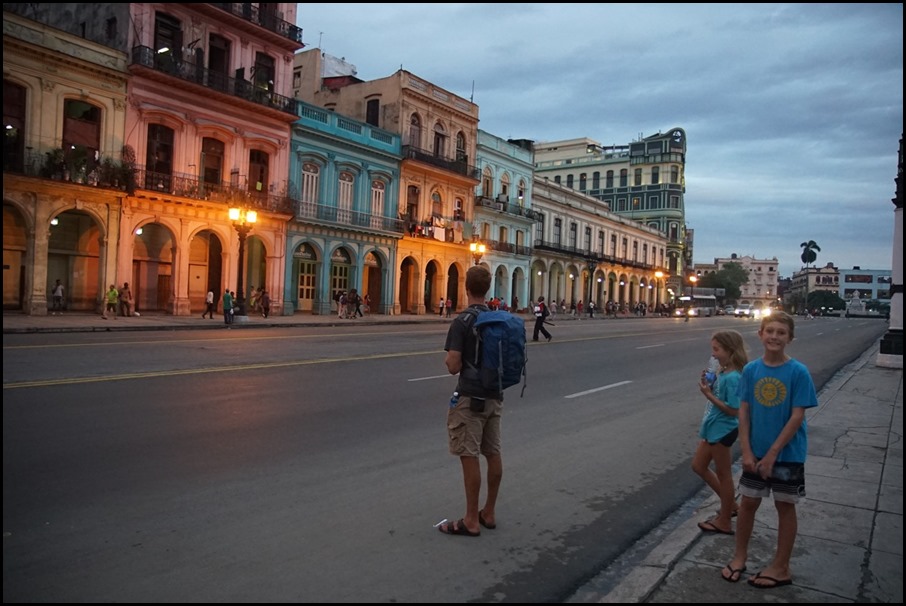
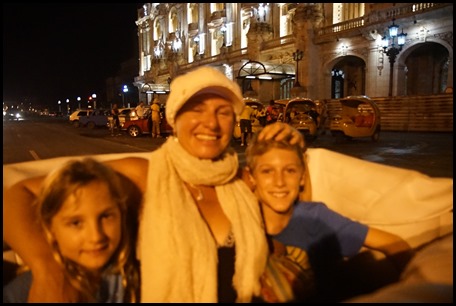
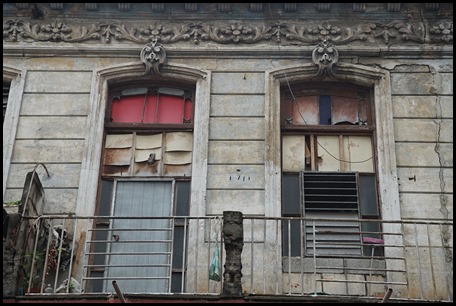
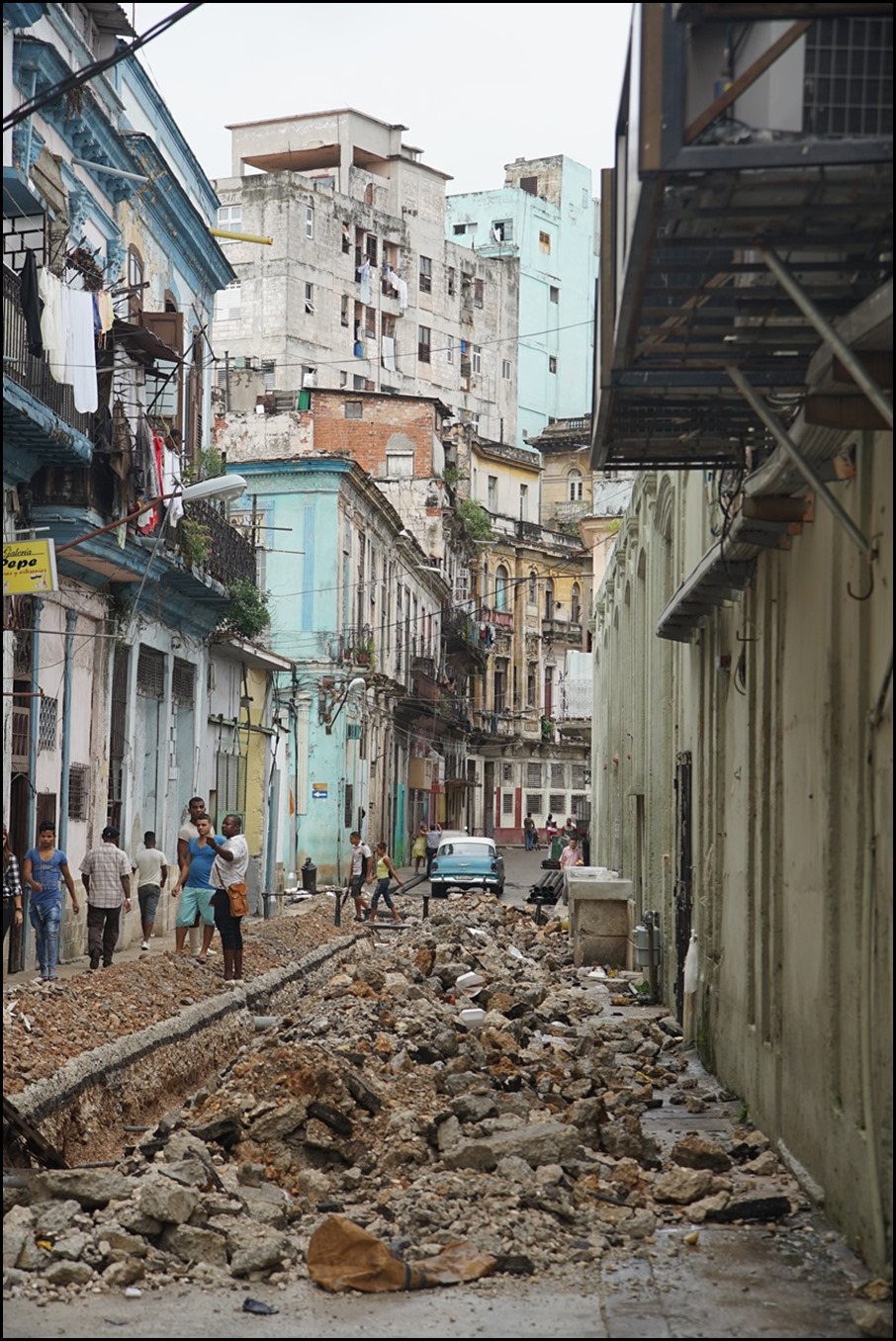
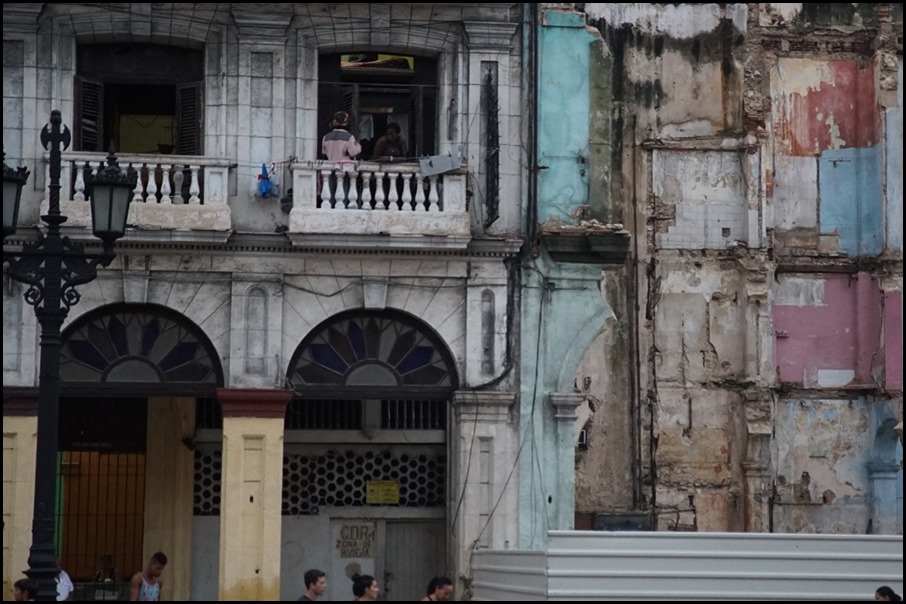
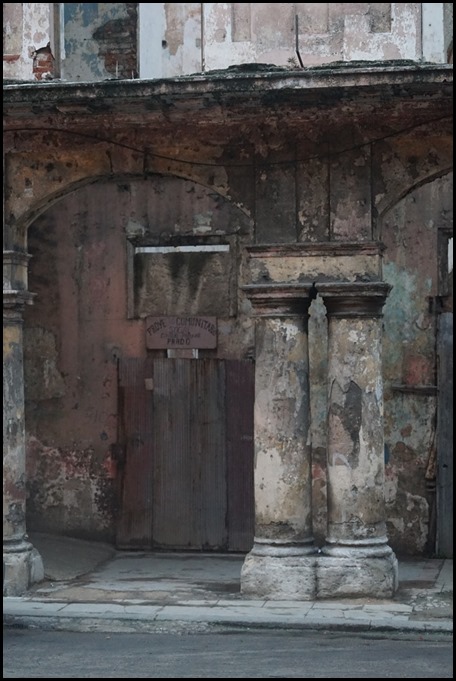
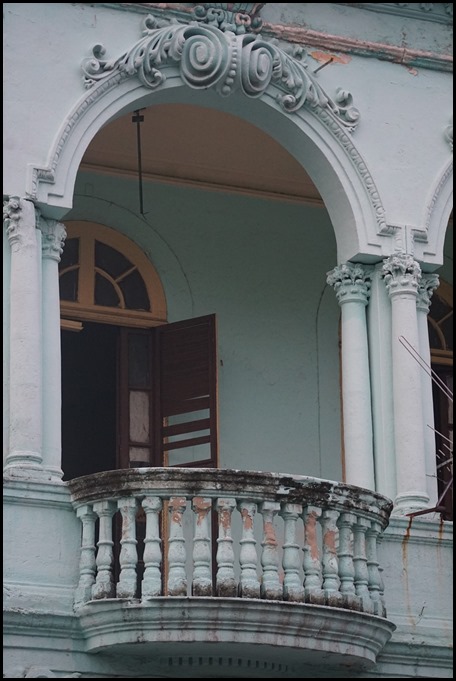
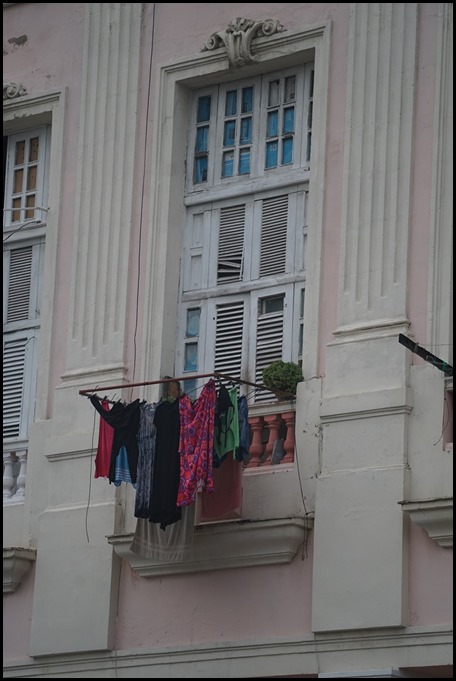
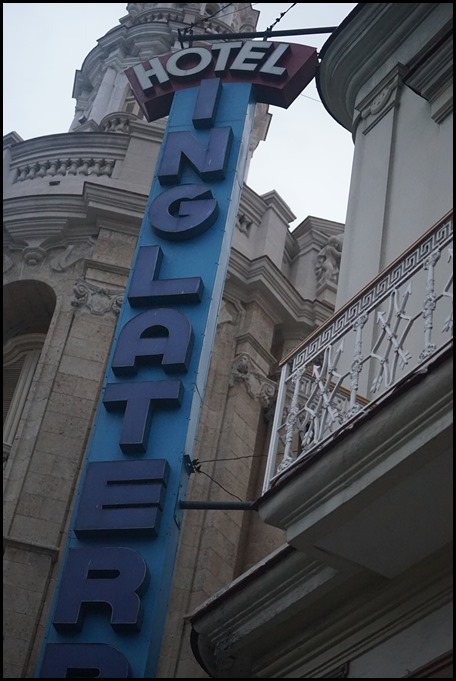
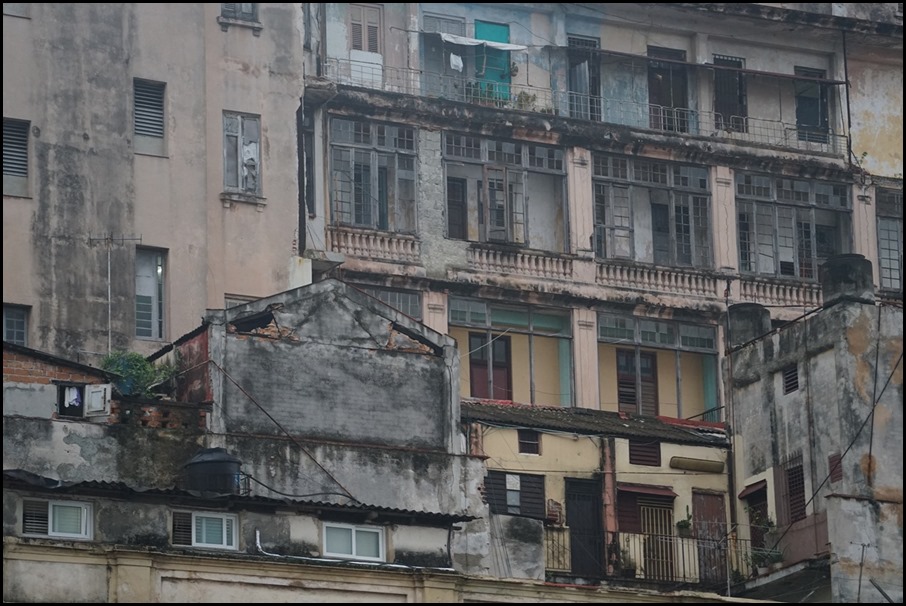
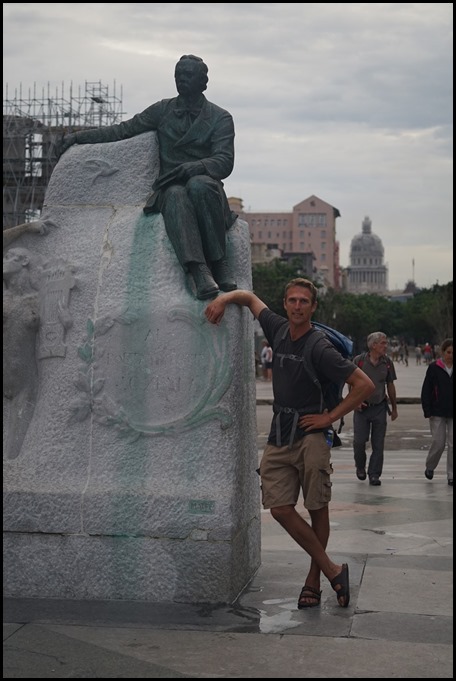
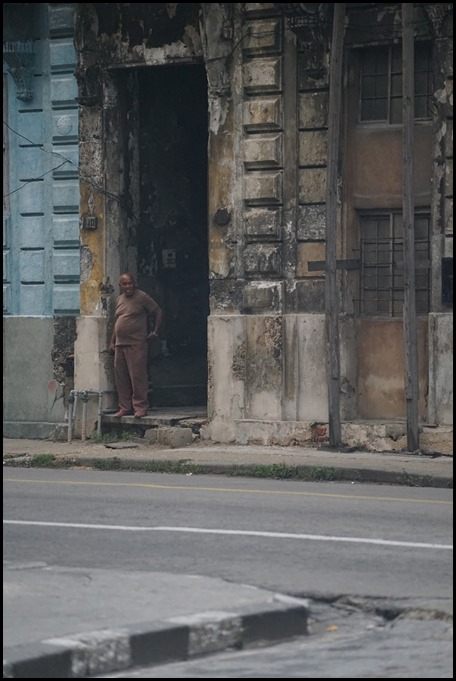
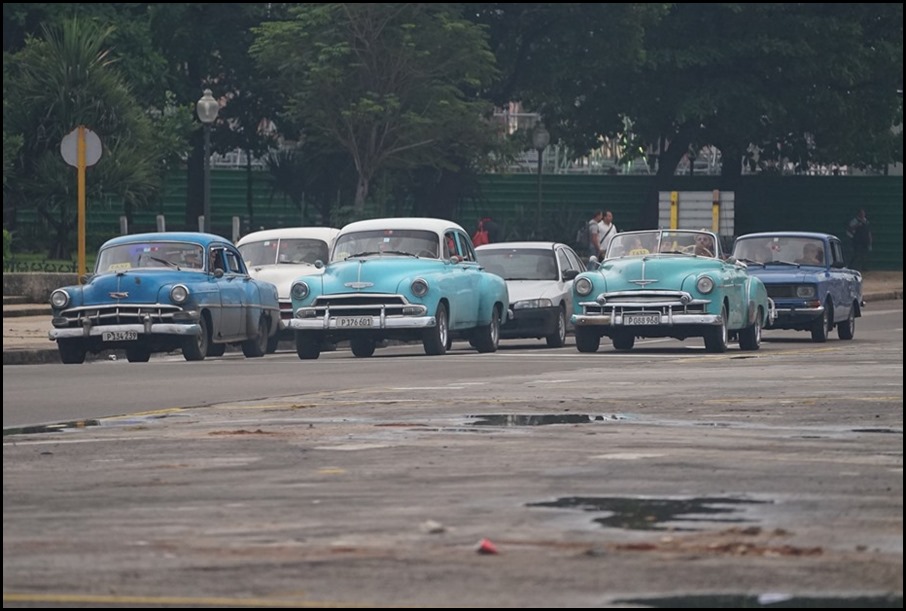

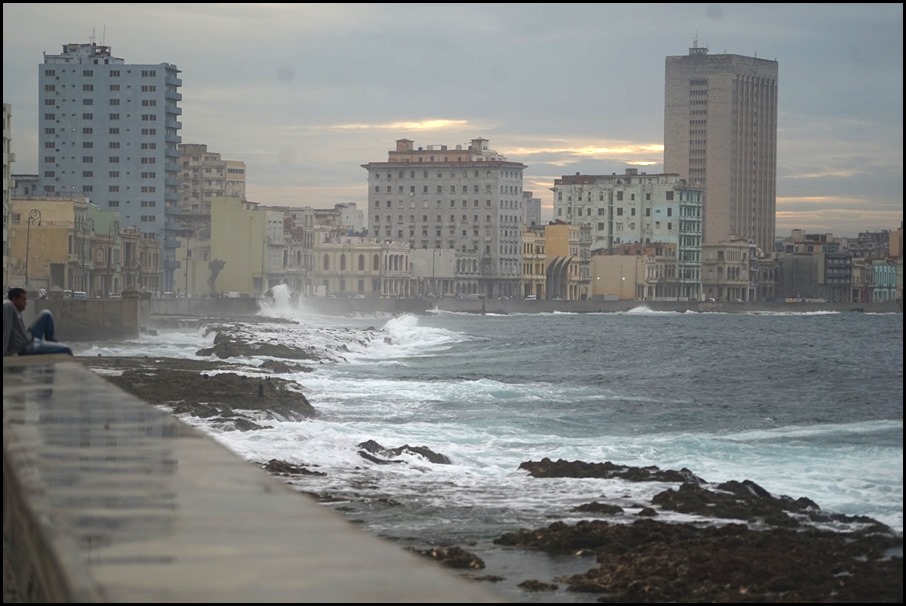
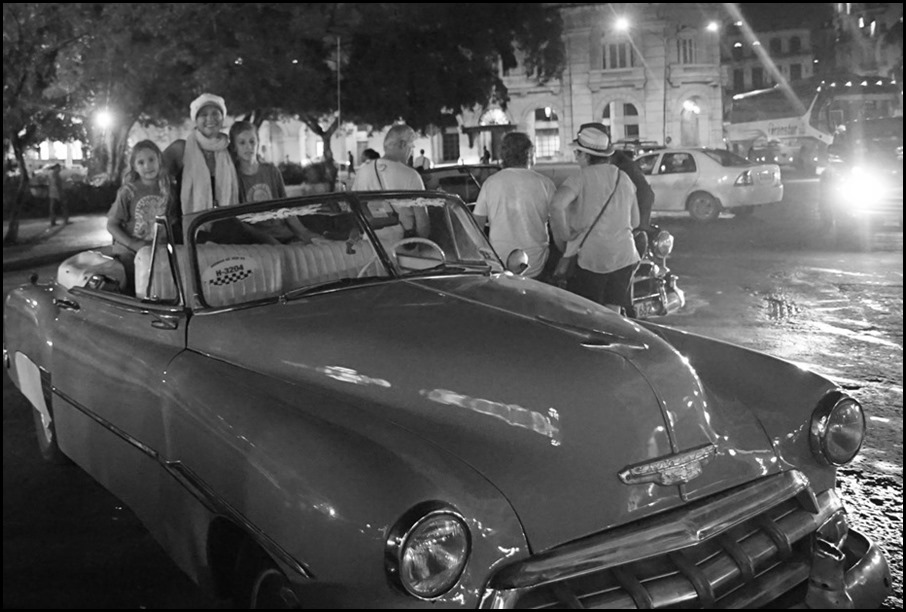
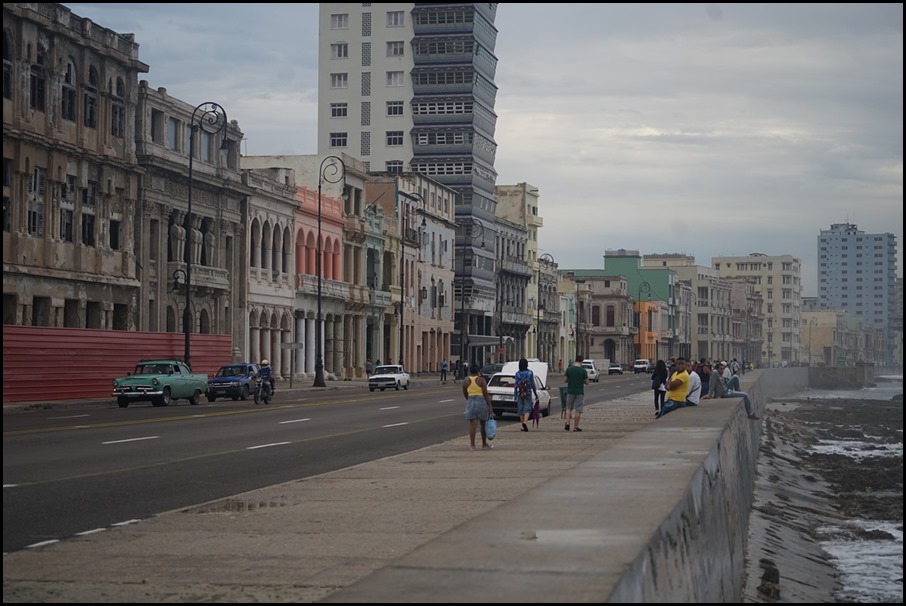
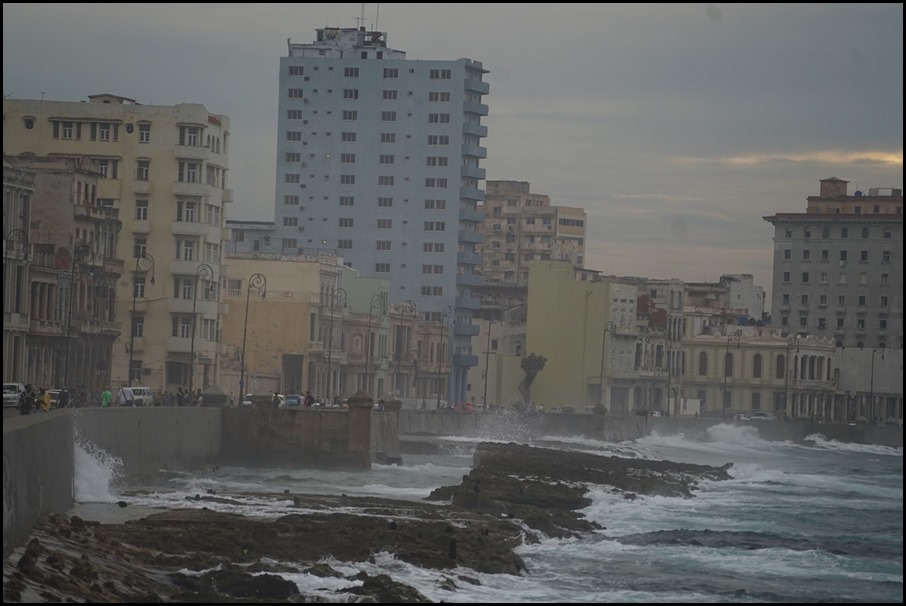
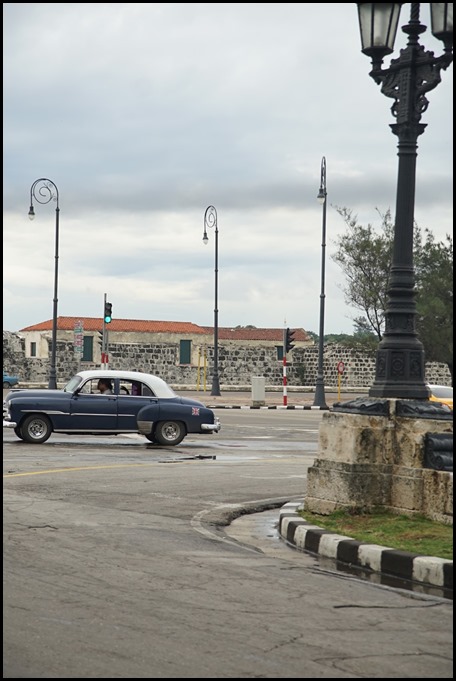
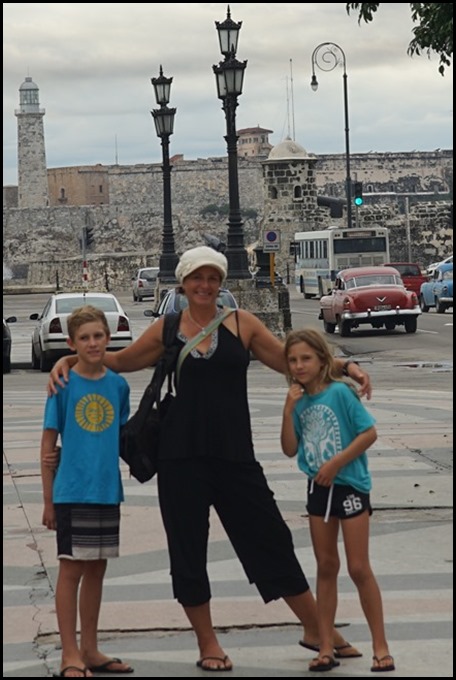
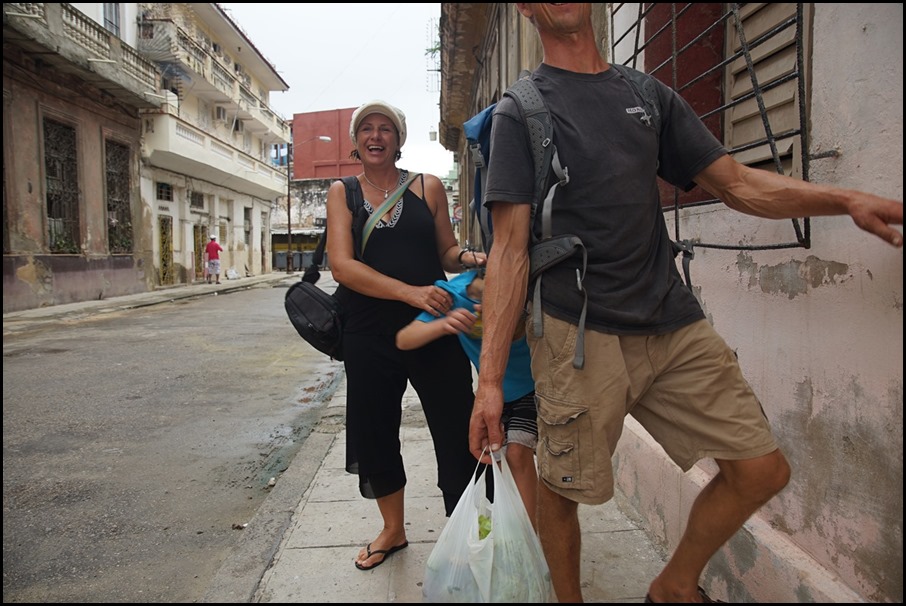

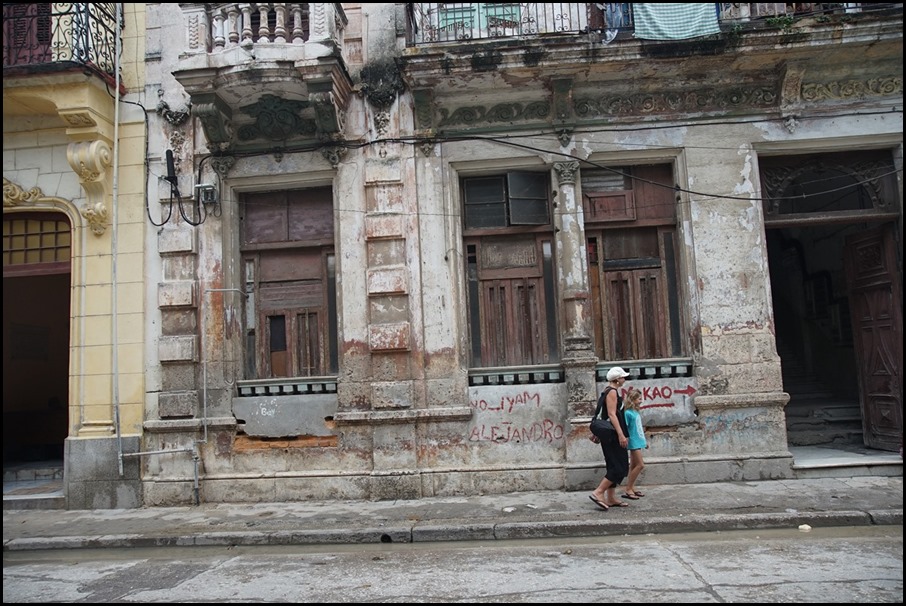
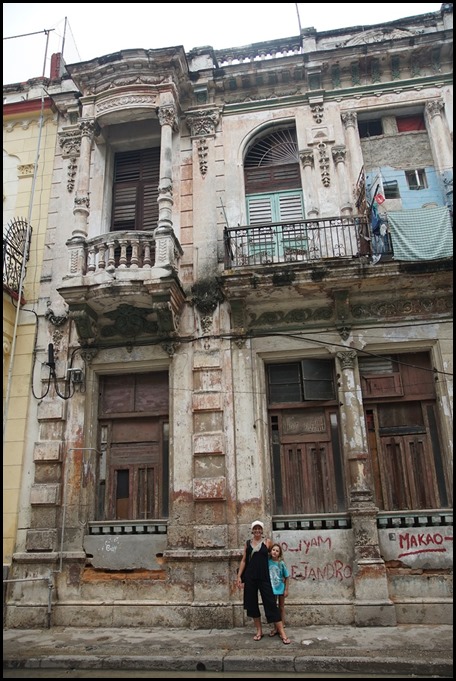
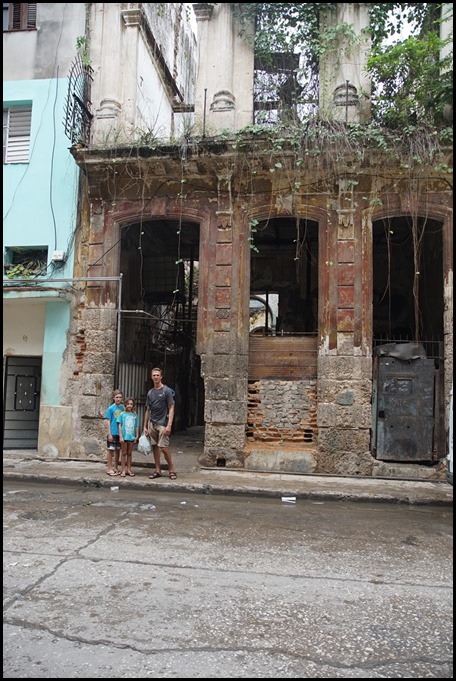
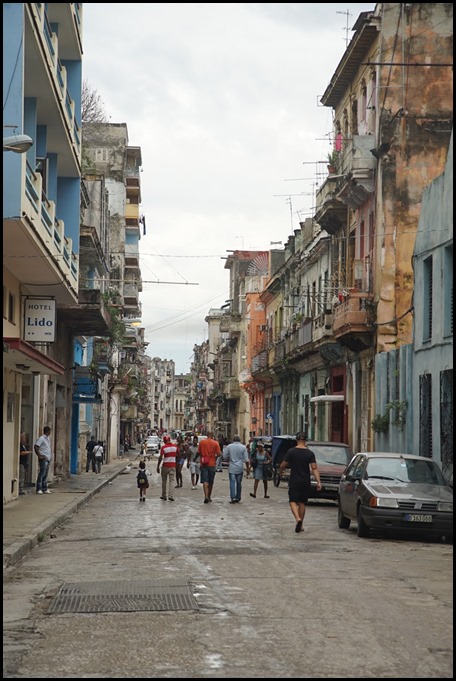
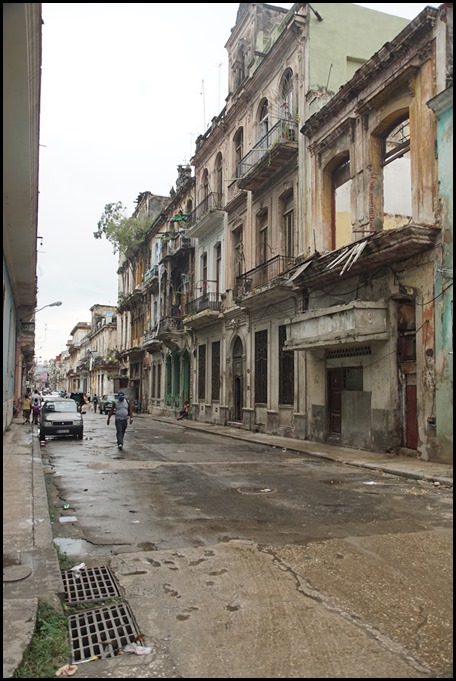
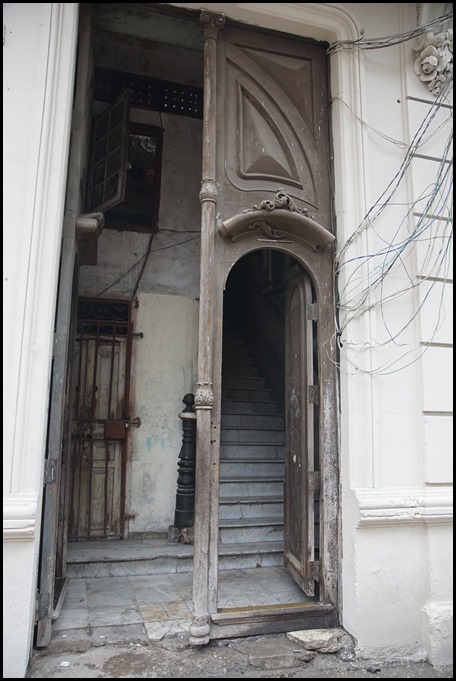
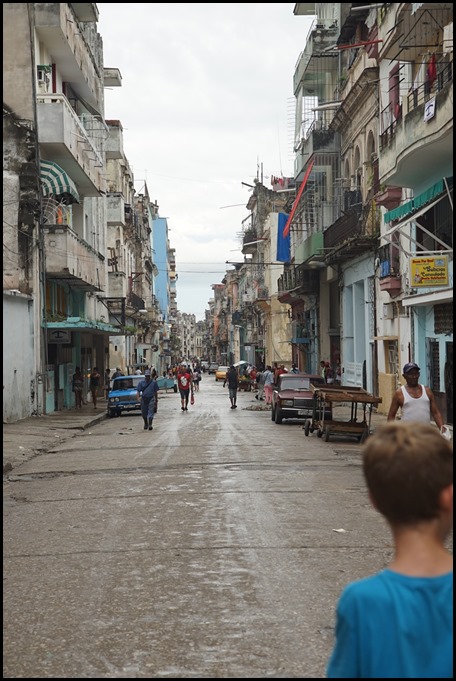
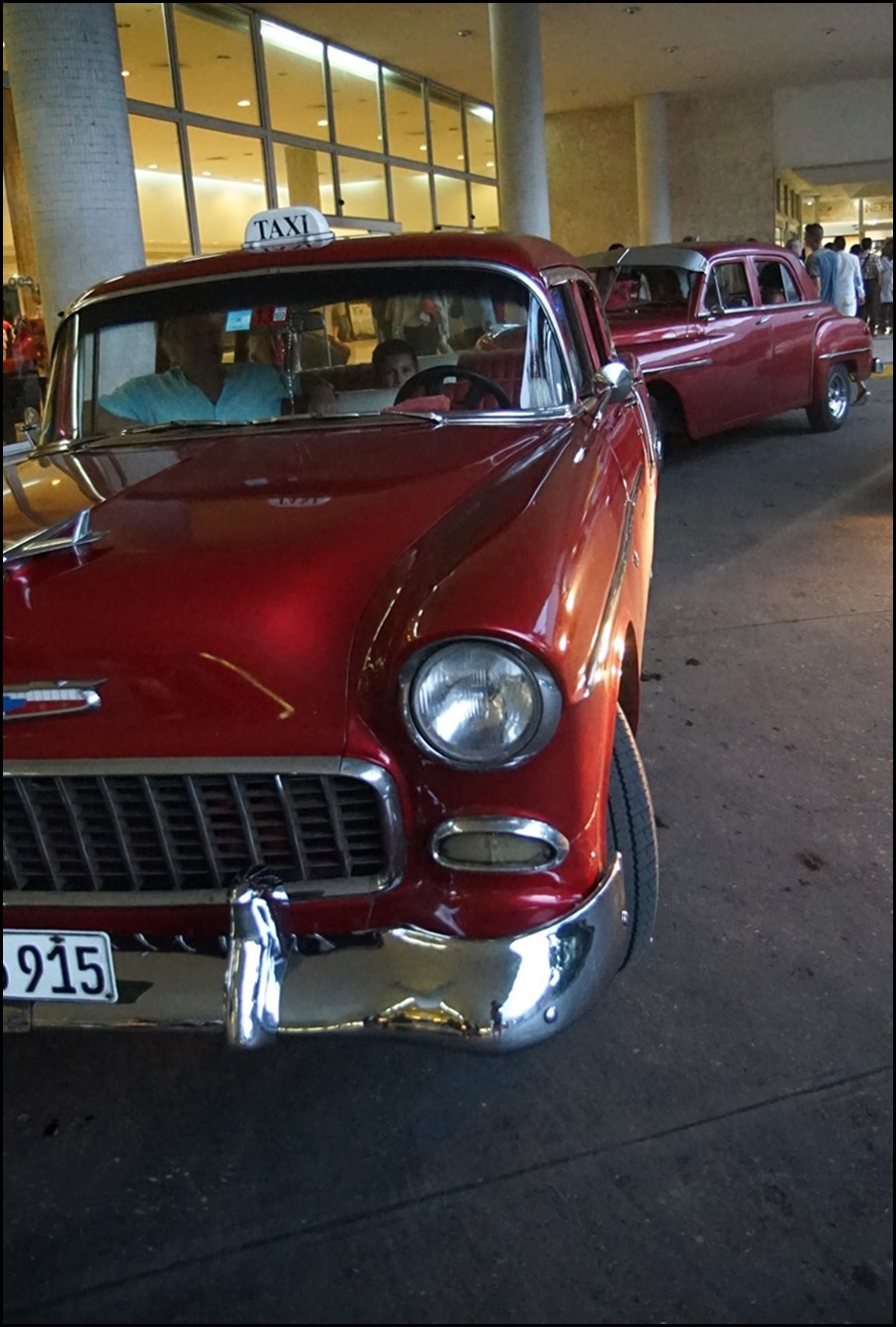
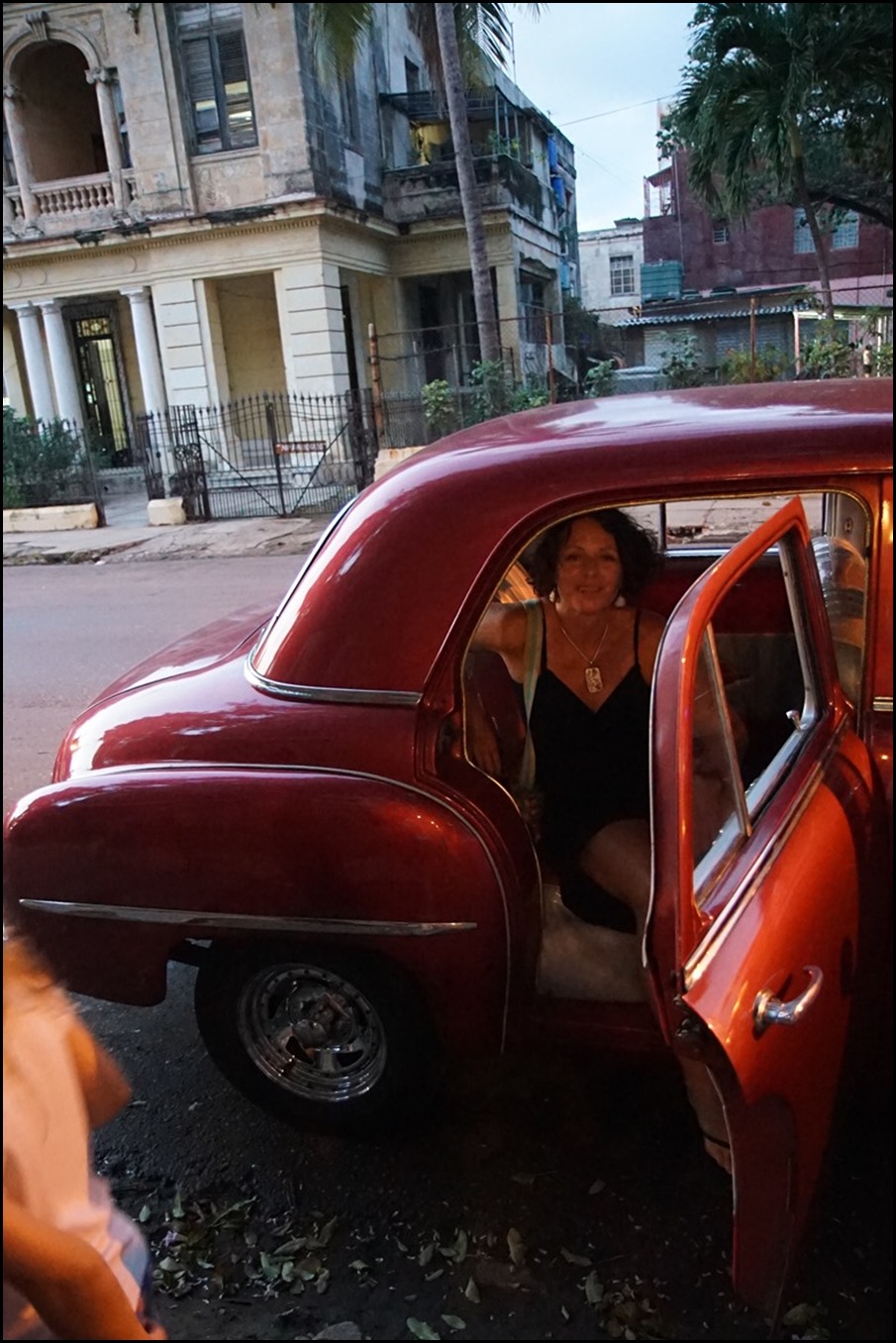
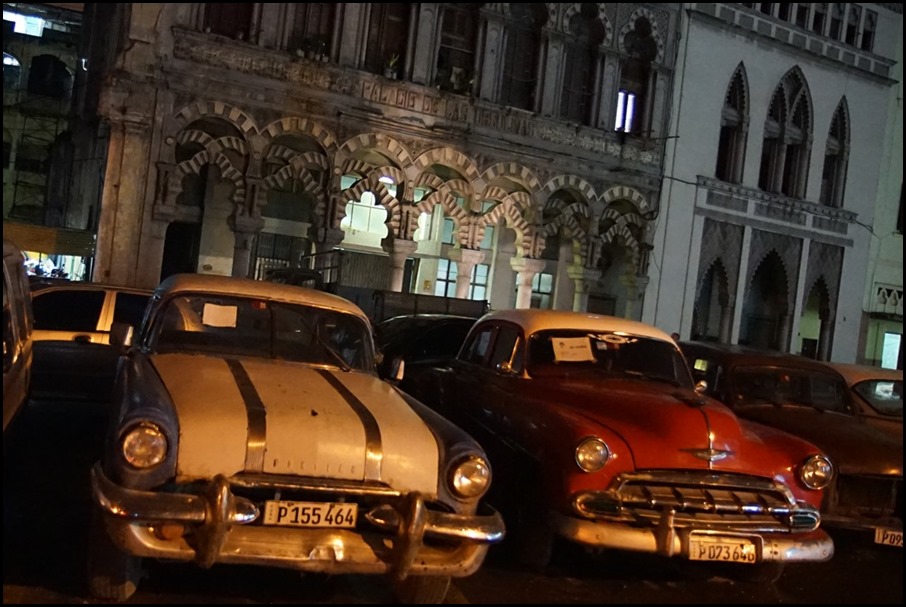
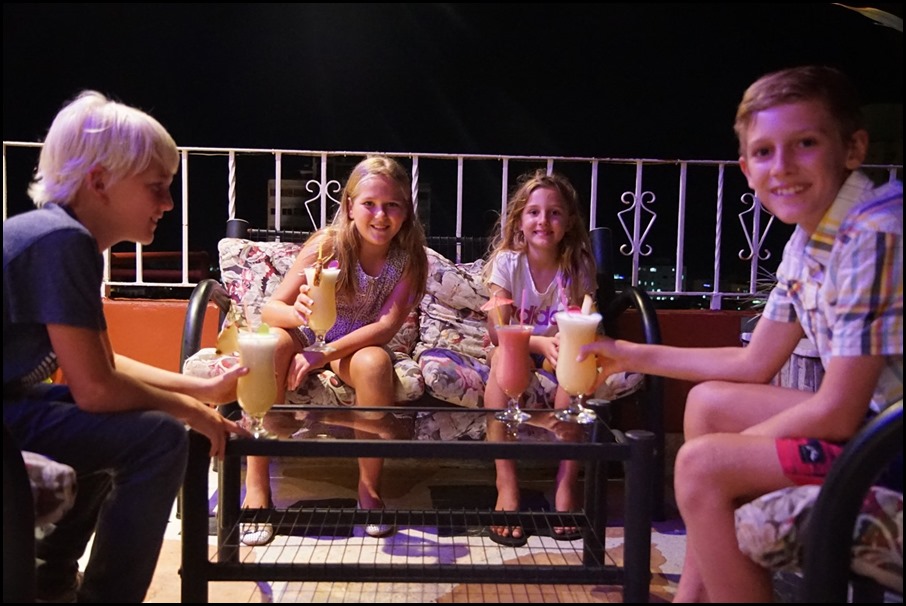
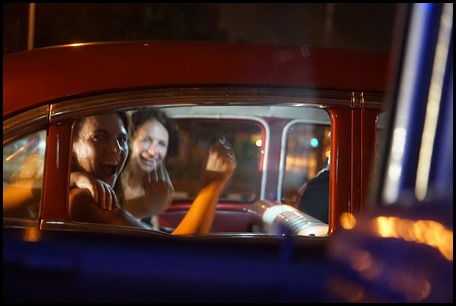

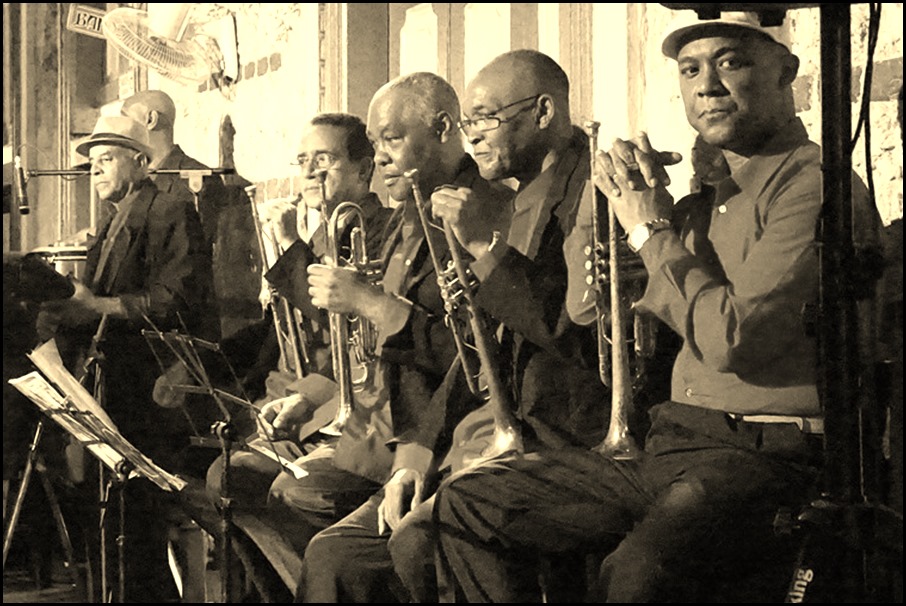
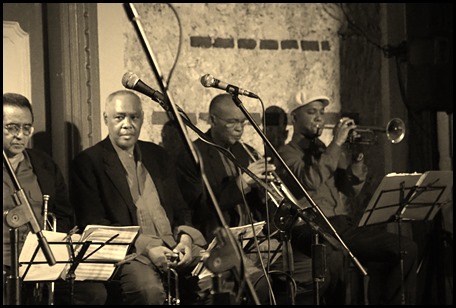
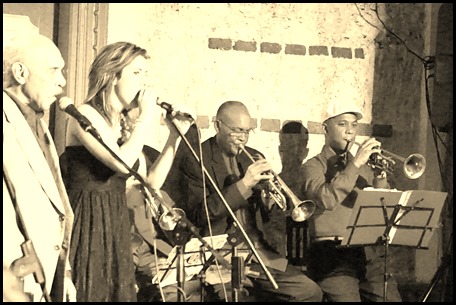
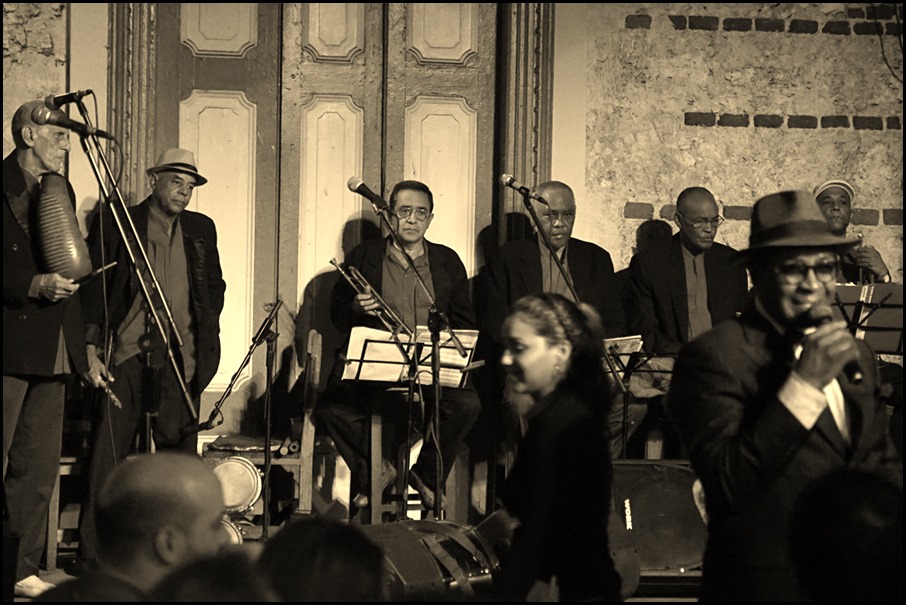
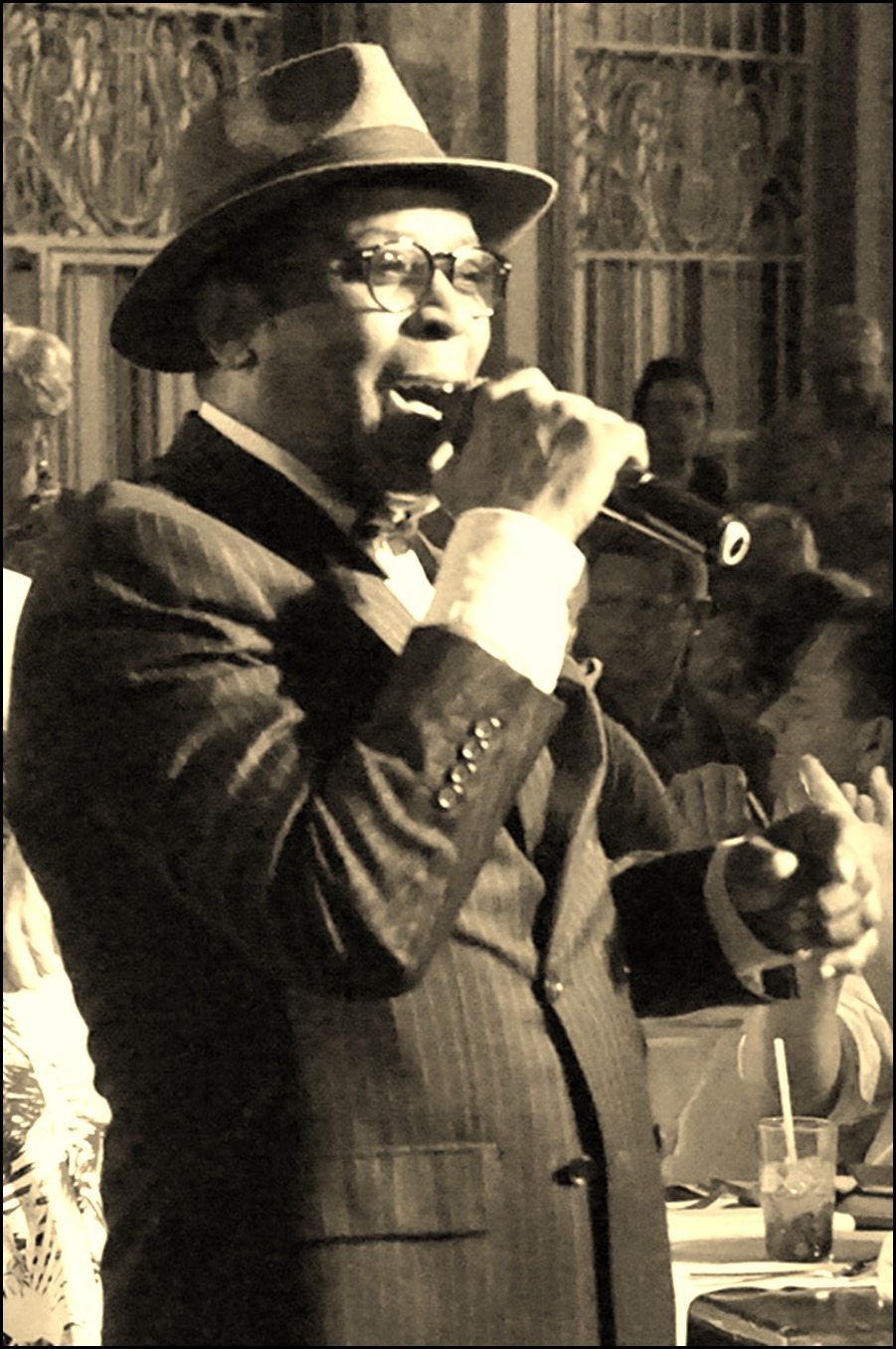
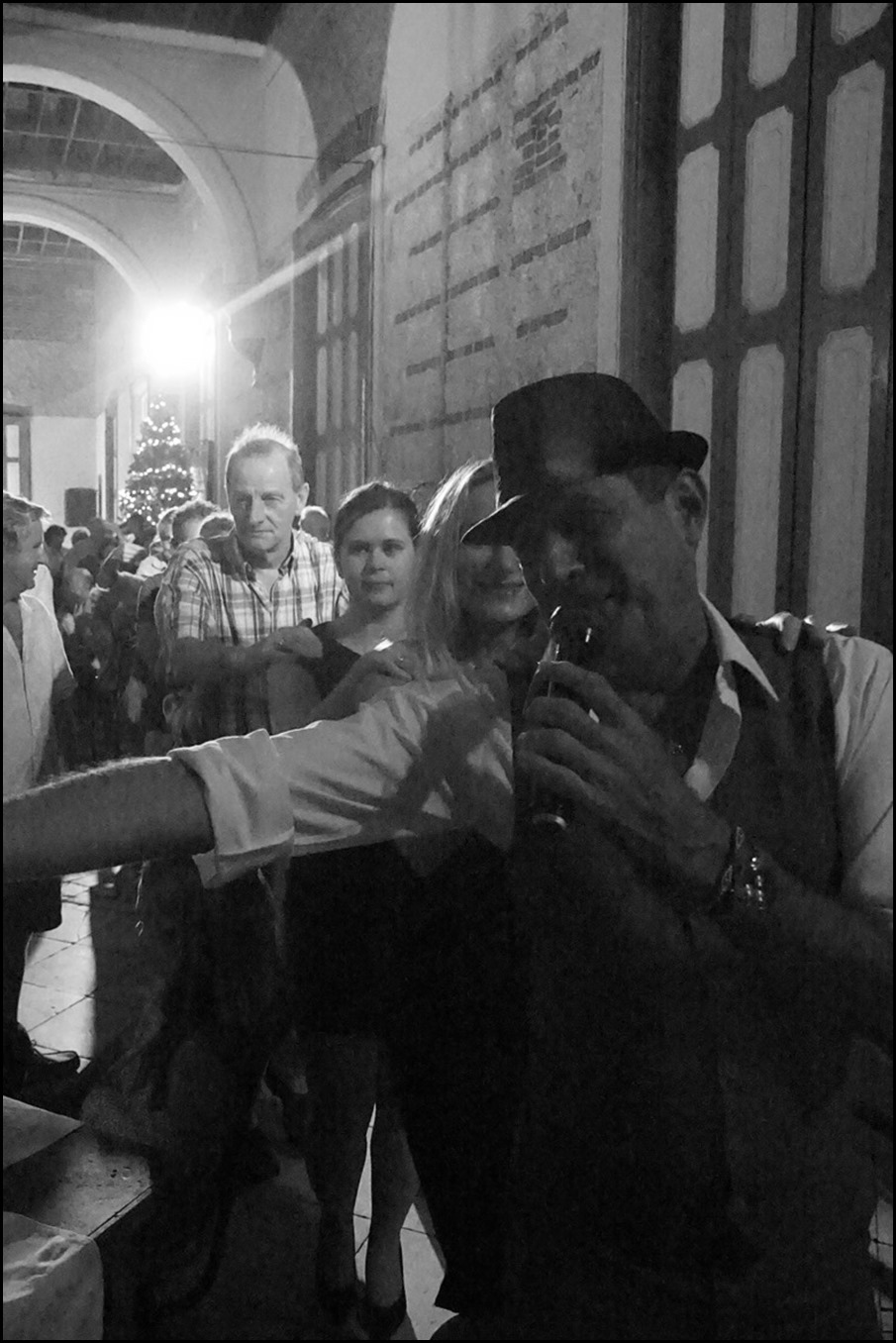
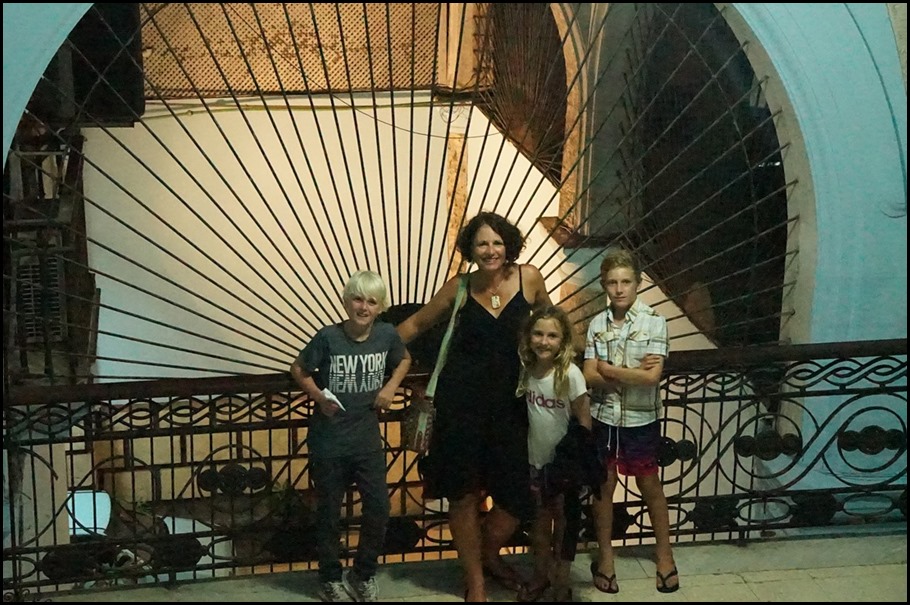


Well done ,Buena vista social club – my dream ,good luck on the Florida staights
thanks Shaun Bradley The crossing wasn’t easy (and the late night and mojitos the night before didn’t make it easier!) but it was worth it
Again wonderful descriptions, that transport me there ! x
Thanks Jane- Havana is a town for artists and dreamers….!
Thanks for taking us with you in Havana – it was great……. Hope Kai and Jaiya were able to take in the experience. Bit different to Captain’s Choice itinerary.
Jaime Kiri Tamapua
Tracey Michelsen aww so want to go here!!
Wow wow wow! What a trip! I’m going to have to unfollow you or die of envy.?